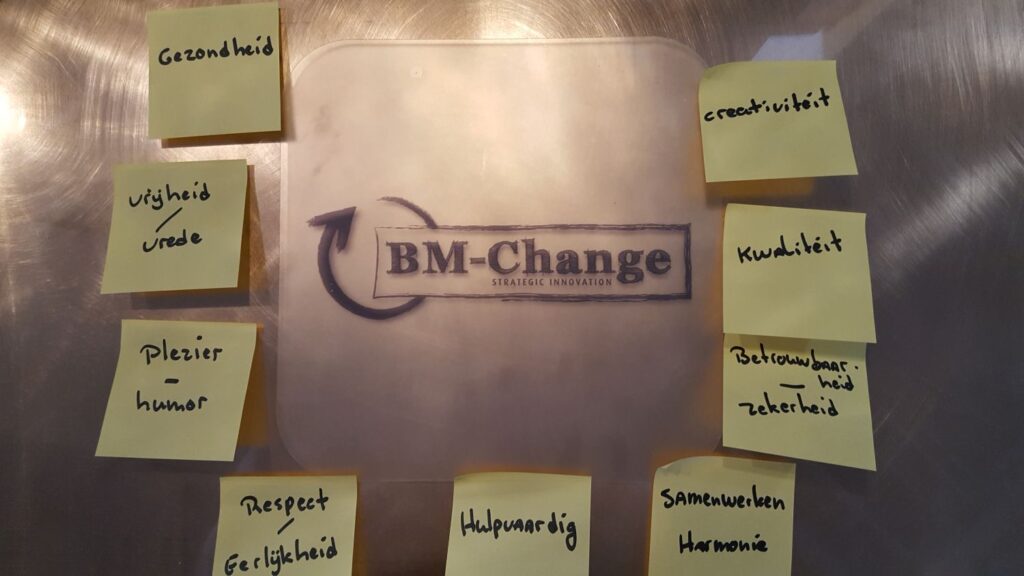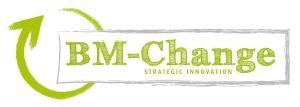Innoveren voor een betere wereld
Voor innovatie met impact
Wat is jouw plek in de wereld van morgen?
BM-Change werkt aan de wereld van morgen. Ik geloof dat de kracht van innovatie gebruikt kan worden om een mooiere, schonere, en rechtvaardigere wereld te creëren. Mijn rol is om de uitvinders en ondernemers in deze wereld te helpen met het succesvol ontwerpen en uitvoeren van hun ideeën en innovaties. Door met een frisse blik een nieuw perspectief te bieden en samen tot vernieuwende oplossingen te komen.
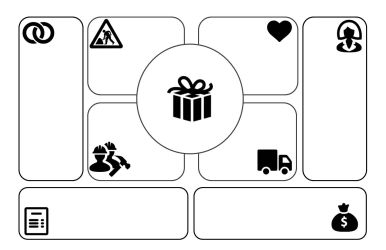
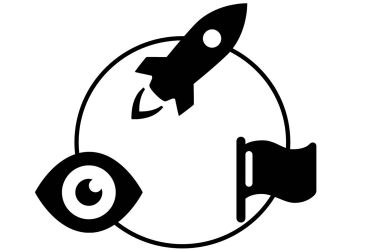
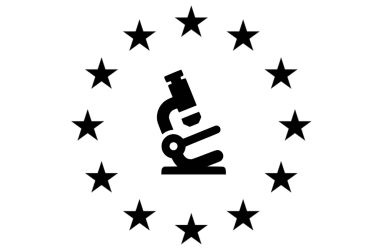
Business Model Design
Strategische Innovatie
Onderzoek & Innovatie
Ontwerp een business model dat werkt voor jou en je klanten.
Relevant en succesvol blijven in een veranderende wereld.
Samen werken aan de wereld van morgen.
